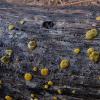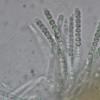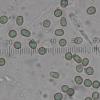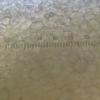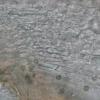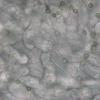
27-10-2015 18:51
Hola. Hypocrea sobre restos de Quercus suber. Has

10-10-2015 20:19
Cvenkel Miransee deep round craters, flat bottom, like 1 mm or

27-10-2015 20:01
Cvenkel MiranIf in doubt, the brighter are is very pale blue. I

27-10-2015 05:56
Cvenkel MiranIf I guessed right Squamarina gypsacea is only big
Hypocrea sobre restos de Quercus suber. Hasta 4 mm de ø.
Ascosporas esféricas y algunas oblongas y alguna con septo, ornamentadas con verrugas, verdes.
Excípulo con células globosas, subglobosas y angulares, y también una zona que en su parte externa presenta formaciones pilosas segmentadas.
Pienso en Hypocrea gelatinosa, pero esta última estructura que no se si esta presente, me hace pensar en H. strictipilosa......
¿Que os parece?
Saludos
Javier


Hi Javier,
macroscopically, this does not look to me like H. strictipilosa (agg.), but more like H. aureoviridis.
Regards from Lothar
Regards Hermann

Hi Hermann, I am happy about your confirmation! I found the species in the Algarve, but also in Germany. Finding places are in my experience mostly lowland floodplain forests in thermophilous habitats, on hardwood
Regards from Lothar
Yes, T. aureoviride is found in damp forests in areas with mild winters (Western and Southern Europe), on wood of various trees and shrubs. In suitable habitats it appears to be common e.g. in England and The Netherlands.
Regards, Hermann

